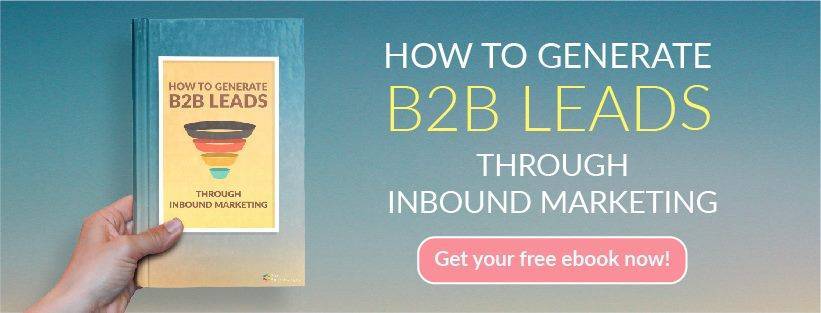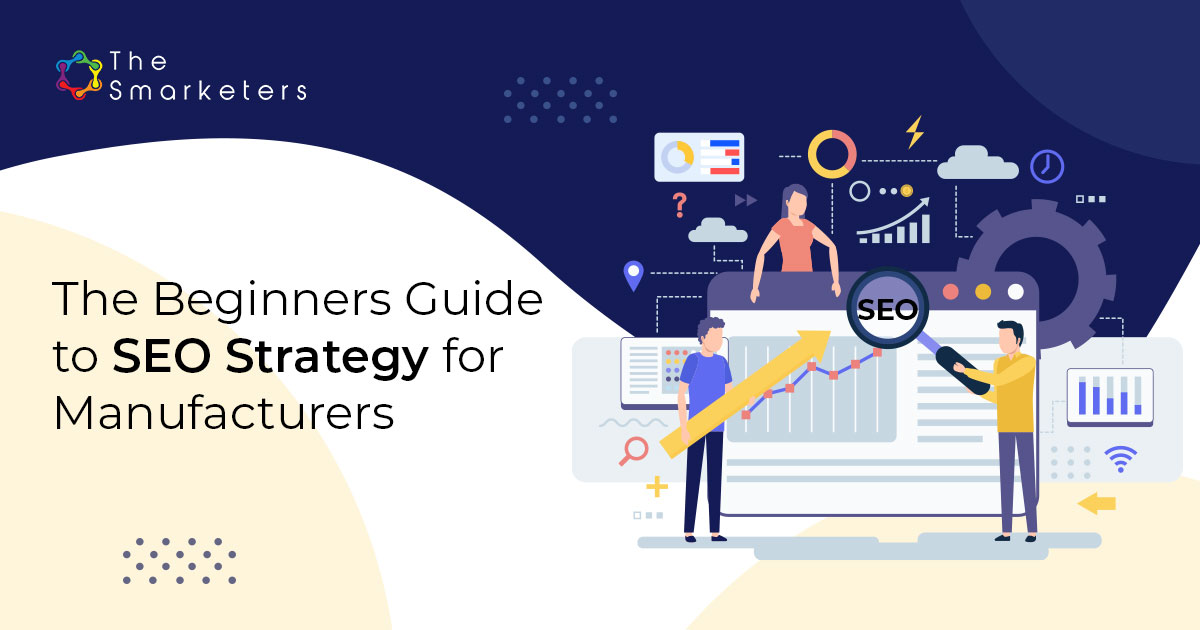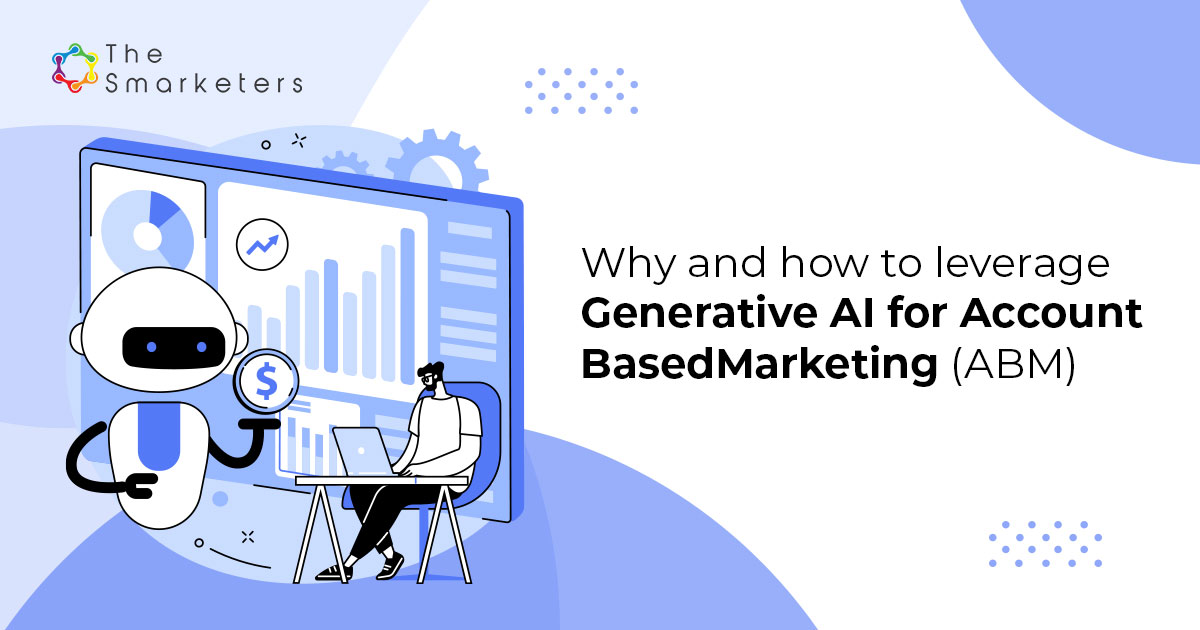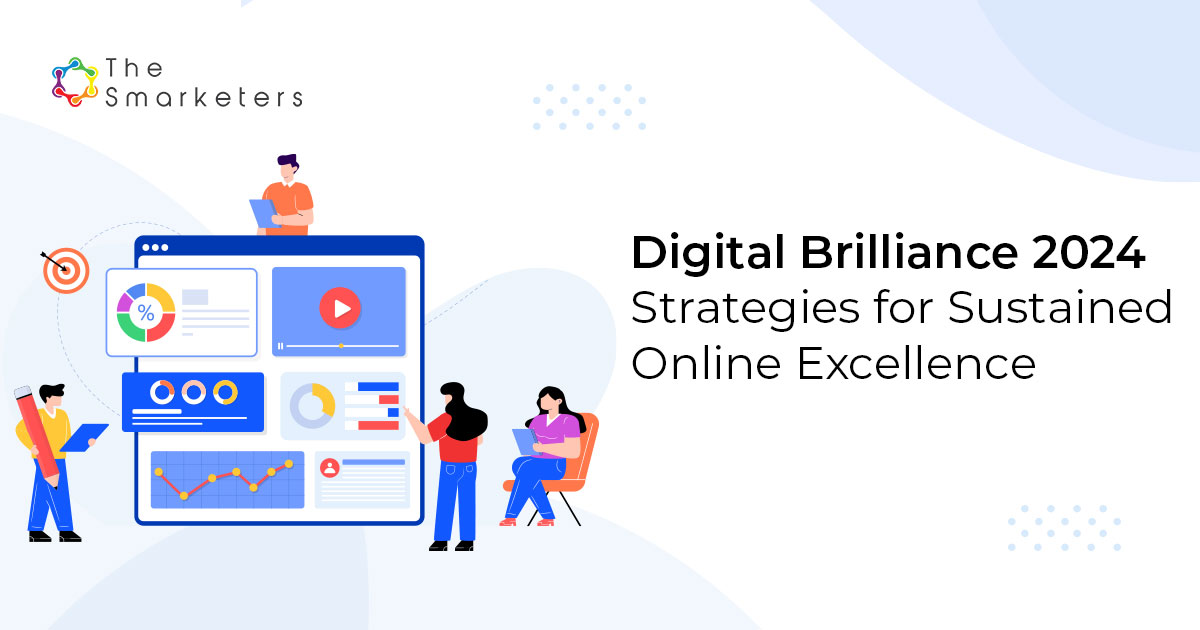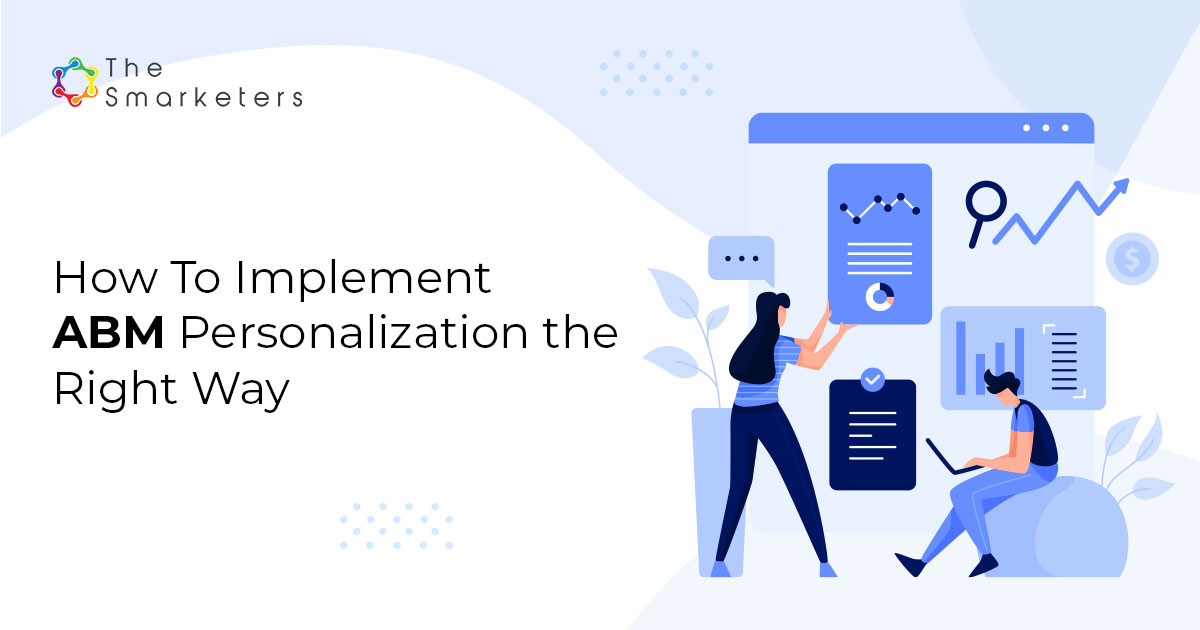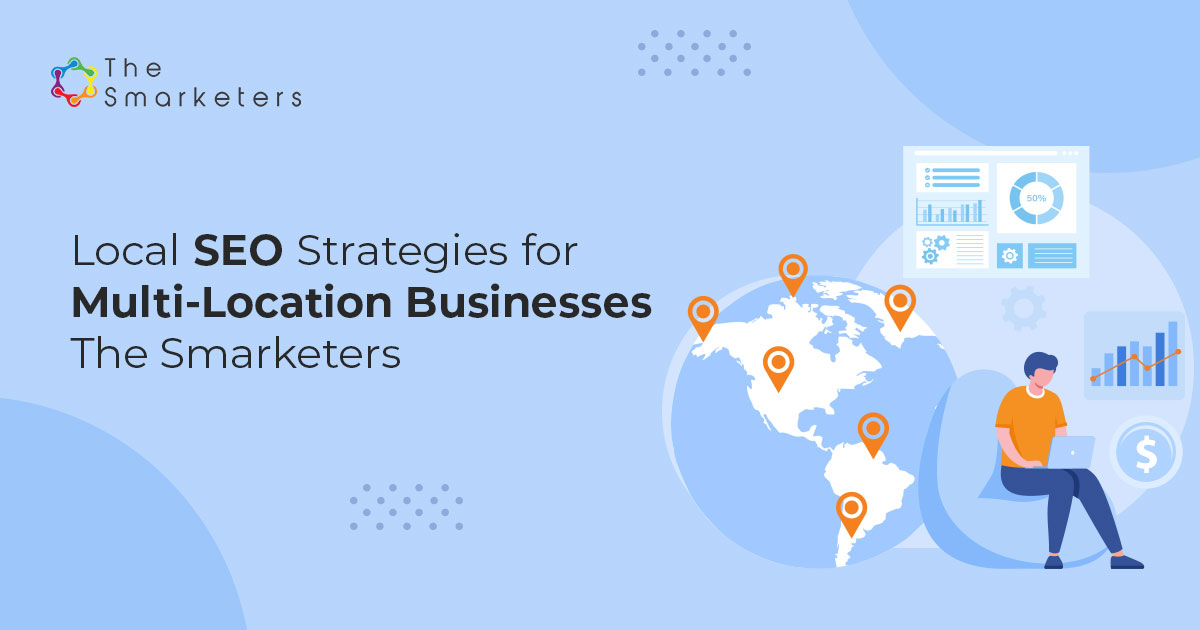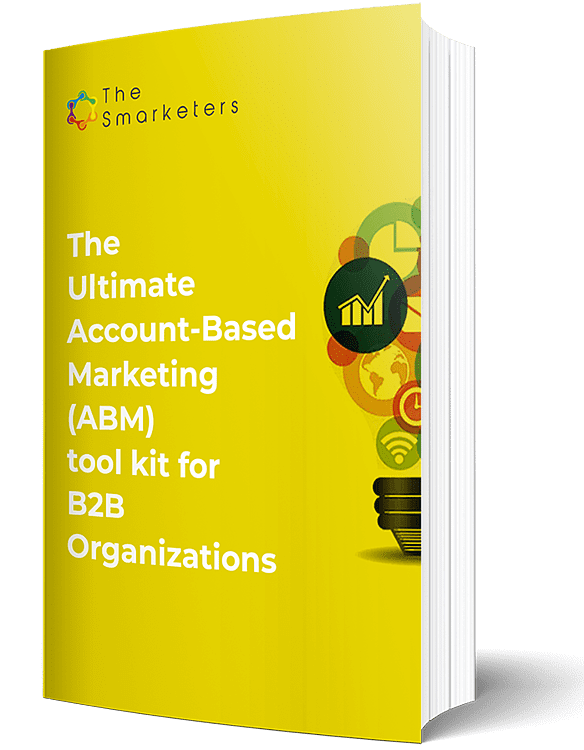If you run a popular voting campaign for the top lead generation channels for B2B software companies, you would probably find that Linkedin tops the list in 2017.
Yes, smart and agile software companies are shifting their focus on more successful and cost-effective lead gen channels and slowly spending fewer bucks on traditional forms.
Traditional lead generation channels like referral-based marketing, commission-based marketing, agent marketing, and other outbound marketing tactics come with longer turnaround times and heavy costs.
Email marketing, SEO (search engine optimization), and opt-in registrations are the top three types of lead gen that have worked best for software companies.
Here is another important reason why you should adopt online marketing according to Forbes, “According to retailers, most customers, about 82%, conduct research online”.
This is not a far-fetched dream but can be achieved through a methodical approach that we have shared below. We have bundled our tactics majorly under the lead-capturing segment and a few relevant ones under the lead nurturing and lead conversion segment.
 Lead capturing
Lead capturing
Lead generation for software companies is a B2B activity and requires a completely unique combination of lead gen channels. The lead management process that achieves bringing in the most qualified leads involves lead capturing, lead nurturing, lead conversion, and lead analysis.
To begin with, we have created a list of lead-capturing aids by the priority that you can implement with your software business.
1. Well-optimized Website
Everything begins with what you say and what you own. To attract both organic and paid visitors, you require a highly optimized website that can rank well across search engines, social media channels, and other media.
a.) On-page content:
This is one of the first few tasks you would take up to optimize your website for the search engine. Rich and relevant content needs to be created that includes images and videos where necessary.
b.) Call-to-actions (CTA):
CTAs are created to ensure that your visitor clicks on them and turns into a lead. Helpful information that is action-oriented always makes the visitor click on the CTA. A CTA could be subscribing to an email, registering for a webinar, downloading a template or whitepaper, or sharing information through a form.
c.) Keywords:
“Don’t stuff them!”, is what we advise even before we tell you what to do. Keywords are those search queries used by your potential customer to find you and your product.
Each page has to be well organized to target the most appropriate keywords. Search engines rely heavily on the most relevant keywords. “48 percent of consumers start mobile research with a search engine”, says Smart Insights, a popular research insight company.
d.) Quick static information:
This is the information that should appear on each and every page of your website so that your visitor is not lost in searching for such information. Some examples of this are, phone numbers, email id, Skype IDs, offer information, etc.
2. Leadgen magnets –
This is how a visitor gets hooked to your website or leaves their footprint after consuming the information that is provided by you. Leadgen magnets include chat boxes that encourage interaction with your team, instant WhatsApp does not require the visitor to wait and skype or toll-free inquiry number turns every impulsive action into a fruitful interaction.
3. Search Engine Optimization (SEO) –
Hubspot, a leading SaaS inbound marketing platform has confirmed that in 2017, 57 percent of B2B marketers stated that “SEO generates more leads than any other marketing initiative.” This has been the experience of many other B2B software companies.
Most businesses that seek solutions turn towards finding them by searching on the search engine. Search engines have optimized their algorithm to bring out only the results that are most relevant to the user.
This requires you to work backward, by generating as much useful content as possible either on your website or on other websites that are ready to mention your business and products.
It will be good for you to note that “93 percent of online experiences begin with a search engine”, as per Vimeo, a leading video publication platform.
 4. Epic Content (Cornerstone Content)
4. Epic Content (Cornerstone Content)
‘Hubspot is again a great example of a software company that uses content marketing to generate its leads.’ Content can be created in many ways. A combination of such content types would work well for you. Some of them are –
- Content by management – Encourage your organization’s management (C-suite, managers, interns, and associates) to contribute their insights, solutions, and experiences that can enhance customer satisfaction, know-how, and lead interaction. These could be educative articles, to begin with, and they can sit on your official website’s blog or can be written as an opinion article or guest post on an online publication.
- Case studies – Develop success stories as case studies that carry the details of your work and expertise. Make it transparently available on your website. Request for an email id to which these could be sent. That way you get to share some of your best work in return for their contact information.
- Whitepapers – This is an authoritative and persuasive piece of content that carries in-depth information about a certain topic. This could about your solution, technology, problem solved and so on. These could be submitted to websites that have your target audience as most of its readers or keep it on your website.
- Free E-books – Many of your potential customers would be looking for summarized and concise information in one place. Instead of them searching for such information elsewhere, you can make them available in the form of free e-books on your website.
- FAQs – Most frequently asked questions (FAQs) should be available on your website rather than on someone else’s website. You know best about your offering and hence make them available to you.
- Videos – Customer testimonials, animated videos, explanatory videos, and how-to videos would become some of your video content. Though this is expensive, it is equally or even more highly engaging.
- Other free downloadable information like checklists, templates, worksheets, etc could also be made part of your content. You can get creative with the type of content that you create for your potential leads and visitors.
4. Social Media Strategy and Online PR communication
Leads may not be always around your website. Hence, you need to get to the place where they thrive. These places are social media sites, blogs, and news websites. For this, you need to engage deeply with –
- Guest Posts – This could be a thought leadership article that is written by one of your employees or team associates on a third-party website. These end with a reference to the source or recommendation that needs to be around your organization, product, or service.
- Engaging posts – This requires you to think through what exactly is your target audience asking for. Create posts that connect to the hottest trends, ask questions, engage with trivia, and so on. Use images, videos, and even simple text messages to engage.
Online PR communication involves engaging with online publications and news sites to either be mentioned or create a link footprint. This involved engaging with journalists, bloggers, and respective site influencers.
Conclusion
Generating does not end with capturing them using a form or any other lead magnet. Lead nurturing and conversion efforts would further ensure a high conversion rate of leads to customers.
Lead nurturing
Lead nurturing involves educating, creating awareness, and providing information that helps in conversion. Typically the Use of a CRM like Hubspot, Marketo or Lead Squared helps in lead scoring. Lead scoring is a process in which you prioritize leads and qualify them for the next level of engagement.
In the process of lead nurturing you will be required to employ online marketing tactics like influencer marketing, email marketing, and use of paid marketing like search engine ads, social media ads, and so on.
Lead Conversions
This stage is where the sales team steps in. Here the process will lean from a digital space to offline interactions. It involves deep sales activity of calling, following up, scheduling meetings, connecting with technical teams, providing demos and other necessary information to fill gaps and signing contracts and agreements. This stage further leads to building your customer portfolio.
We have successfully helped our clients in generating leads for software and technology companies using inbound marketing that comprised a combination of content marketing, social media marketing, and influencer marketing.
Feel free to share your ideas, concerns, and success stories in creating a stellar lead gen process for your software company.


